23RD SESSION (SPECIAL SESSION) OF THE 13TH PROVINCIAL PEOPLE'S COUNCIL:
On April 28, the 13th Provincial People's Council, term 2021 - 2026, held its 23rd session (15th thematic session). At this session, two important historical contents related to the arrangement of administrative units at the provincial and communal levels were considered, discussed and unanimously approved by delegates with a high approval rate.
According to Secretary of the Provincial Party Committee and Chairman of the Provincial People's Council Ho Quoc Dung, this session decided on "historic" contents: The policy of merging and consolidating administrative units of Gia Lai and Binh Dinh provinces; the policy of rearranging and reorganizing commune-level administrative units in the province. At the same time, it considered and decided on a number of contents on socio-economic development in 2025 and the following years, including the Proposal on allocating the provincial budget to participate in the investment project to build the Quy Nhon - Pleiku expressway.
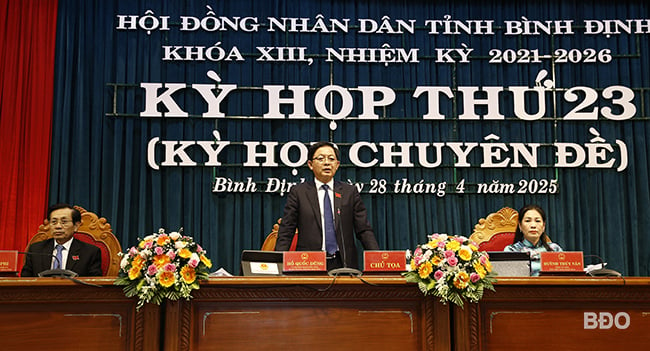 |
The Chairman presides over the meeting. |
Consensus, agreement
According to the Proposal on the policy of rearranging and reorganizing commune-level administrative units in the province presented by Chairman of the Provincial People's Committee Pham Anh Tuan, after the rearrangement, Binh Dinh province will have 58 administrative units, including 41 communes and 17 wards, a reduction of 97 commune-level administrative units compared to the present (a reduction of 62.58%). Regarding the Proposal on the policy of merging administrative units of Gia Lai province and Binh Dinh province, after the rearrangement, the administrative unit of Gia Lai province (new) has a natural area of 21,576.53 km2, a population of more than 3.58 million people and has 135 commune-level administrative units (including 110 communes and 25 wards). The political and administrative center is currently located in Quy Nhon city (Binh Dinh province).
Commenting on the content of the draft resolution on the policy of rearranging and reorganizing commune-level administrative units, delegate Le Thi Vinh Huong (Tuy Phuoc unit) requested clarification of the location of the new commune and ward administrative centers after the merger. "The submission stated the location of the administrative center, but the draft resolution did not state this content. In addition, it is also necessary to unify the common name of the administrative center or the place of the office, to serve as a legal basis later," delegate Huong suggested.
Responding to this opinion, Director of the Department of Home Affairs Le Minh Tuan said that according to Resolution No. 76/2025/UBTVQH15 of the National Assembly Standing Committee on the arrangement of administrative units in 2025, the political-administrative center is used for provincial-level administrative units after the arrangement, while the commune-level administrative units are called the place where the office is located.
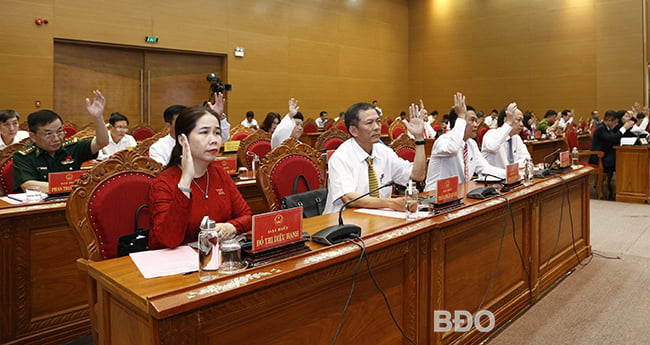 |
Provincial People's Council delegates voted to approve the meeting agenda. |
In addition, according to the guidance of the National Assembly Standing Committee and the Ministry of Home Affairs, the draft resolution of the People's Council only needs to clearly state the natural area, population size when merging and the name of the newly established commune or ward, and does not require the location of the office. "Not specifying the workplace is to facilitate localities to adjust the workplace appropriately, creating favorable conditions for traffic and people's daily life," said Mr. Le Minh Tuan.
Aiming to develop and serve the people best
The 23rd session of the Provincial People's Council unanimously passed 16 resolutions with high approval from delegates attending the session. In his closing speech, Chairman of the Provincial People's Council Ho Quoc Dung requested the Provincial People's Committee to urgently direct departments, branches, sectors and relevant agencies and units to complete the full dossier of the Project on reorganizing provincial-level administrative units and the Project on reorganizing commune-level administrative units, and submit it to competent authorities as prescribed. At the same time, implement the following tasks in accordance with the direction of the Central Government. Proactively develop plans to report to competent authorities on the arrangement, assignment and use of cadres, civil servants and public employees, ensuring that the new apparatus begins operating immediately according to the resolution of the National Assembly, promoting efficiency, effectiveness and efficiency. |
According to Secretary of the Provincial Party Committee and Chairman of the Provincial People's Council Ho Quoc Dung, after the conclusions and resolutions of the Central Committee on the policy of merging administrative units of Gia Lai and Binh Dinh provinces, the Standing Committees of the two provinces had two working sessions and determined the tasks set when the two provinces merged.
Accordingly, the Standing Committees of the Provincial Party Committees of the two provinces discussed and gave opinions on the Project on the arrangement of administrative units of the two provinces, the principles for the arrangement of organizational apparatus and the assignment of cadres, the establishment of the Steering Committee for the merger of the two provinces, and the establishment of sub-committees to serve the new Gia Lai Provincial Party Congress. Before May 20, the Project will be completed and the Standing Committees of the two provinces will submit it to the Central Committee for consideration and decision.
“The merger of the two provinces will create great advantages in socio-economic development, create new development space, combine the great potential of the Central Highlands with the development of the marine economy of Binh Dinh. The new Gia Lai province will have a particularly important position in the Vietnam - Laos - Cambodia development triangle and create opportunities for agricultural chains, tourism, industry, marine economy, improve economic efficiency, optimize resource use, and promote comparative advantages,” emphasized comrade Ho Quoc Dung.
Regarding the issue of merging the administrative units of communes and wards of the province, the Standing Committee of the Provincial Party Committee carefully considered the implementation process to ensure 3 conditions: The merged communes and wards must be close to the people, and best solve the work for the people; create stability in terms of culture, history, and tradition; and form a new development space. The province will arrange cadres with full qualities and capacity to perform well the tasks in the communes and wards.
“After the merger, there will be 12 new communes and wards identified as key localities with a lot of room to create momentum for socio-economic development for the province. Regarding the name, I myself am very concerned, many times calling to talk to the secretaries and chairmen of districts, towns and cities and all emphasized that this is a responsibility to history. Up to now, almost all place names, cultural and historical traditions associated with the development process of the province in general and of each locality in particular have appeared on the administrative boundary map”, comrade Ho Quoc Dung shared.
Comrade Ho Quoc Dung also said that during the upcoming April 30 and May 1 holidays, the provincial leaders will not take a break but will organize working groups to survey the areas where the new communes and wards are expected to be headquartered after the merger. The motto is to locate the headquarters in the most convenient area, so that people do not have to go through "3 passes and 4 caves" to get there. "The general view is to merge communes and wards to develop, not to make things more difficult or poorer," Comrade Ho Quoc Dung emphasized.
According to the Resolution on the policy of rearranging commune-level administrative units of Binh Dinh province in 2025, after the rearrangement, Binh Dinh province will have 58 commune-level administrative units.
Specifically, Quy Nhon City has 5 wards and 1 commune, including wards: Quy Nhon, Quy Nhon Dong, Quy Nhon Tay, Quy Nhon Nam, Quy Nhon Bac, Nhon Chau island commune. An Nhon Town has 5 wards and 1 commune, including wards: Binh Dinh, An Nhon, An Nhon Dong, An Nhon Nam, An Nhon Bac, An Nhon Tay commune. Hoai Nhon Town has 7 wards: Bong Son, Hoai Nhon, Tam Quan, Hoai Nhon Dong, Hoai Nhon Tay, Hoai Nhon Nam, Hoai Nhon Bac. Phu Cat District has 7 communes: Phu Cat, Xuan An, Ngo May, Cat Tien, De Gi, Hoa Hoi, Hoi Son. Phu My District has 7 communes: Phu My, An Luong, Binh Duong, Phu My Dong, Phu My Tay, Phu My Nam, Phu My Bac. Tuy Phuoc District has 4 communes: Tuy Phuoc, Tuy Phuoc Dong, Tuy Phuoc Tay, Tuy Phuoc Bac. Tay Son District has 5 communes: Tay Son, Binh Khe, Binh Phu, Binh Hiep, Binh An. Hoai An district has 5 communes: Hoai An, An Tuong, Kim Son, Van Duc, An Hao. Van Canh district has 3 communes: Van Canh, Canh Vinh, Canh Lien. Vinh Thanh district has 4 communes: Vinh Thanh, Vinh Thinh, Vinh Quang, Vinh Son. An Lao district has 4 communes: An Hoa, An Lao, An Vinh, An Toan.
Allocating 750 billion VND to implement the Quy Nhon - Pleiku expressway
At the meeting, the Provincial People's Council unanimously passed a resolution on allocating provincial budget capital to participate in the Quy Nhon - Pleiku expressway construction investment project. Accordingly, it was agreed to allocate 750 billion VND to carry out compensation, site clearance and resettlement for the Quy Nhon - Pleiku expressway construction investment project.
The Quy Nhon - Pleiku Expressway Project starts at An Nhon Town (Binh Dinh Province) and ends at the Ho Chi Minh Road intersection (Pleiku City, Gia Lai Province), with a total length of 123 km. Of which, the section through Binh Dinh Province is about 37.4 km long, and the section through Gia Lai Province is about 85.6 km long.
The expressway is designed with a scale of 4 lanes, a roadbed width of 24.75 m, and a design speed of 100 km/h. The project will have 2 tunnels, An Khe and Mang Yang, with a scale of 4 lanes and a design speed of 80 km/h.
According to the Pre-Feasibility Study Report, the total investment of the Quy Nhon - Pleiku Expressway project is 43,510 billion VND. Of which, the cost of compensation, support and resettlement for the section passing through Binh Dinh province is 2,269 billion VND.
NGUYEN HAN - HONG PHUC
Source: https://baobinhdinh.vn/viewer.aspx?macm=1&macmp=1&mabb=355116


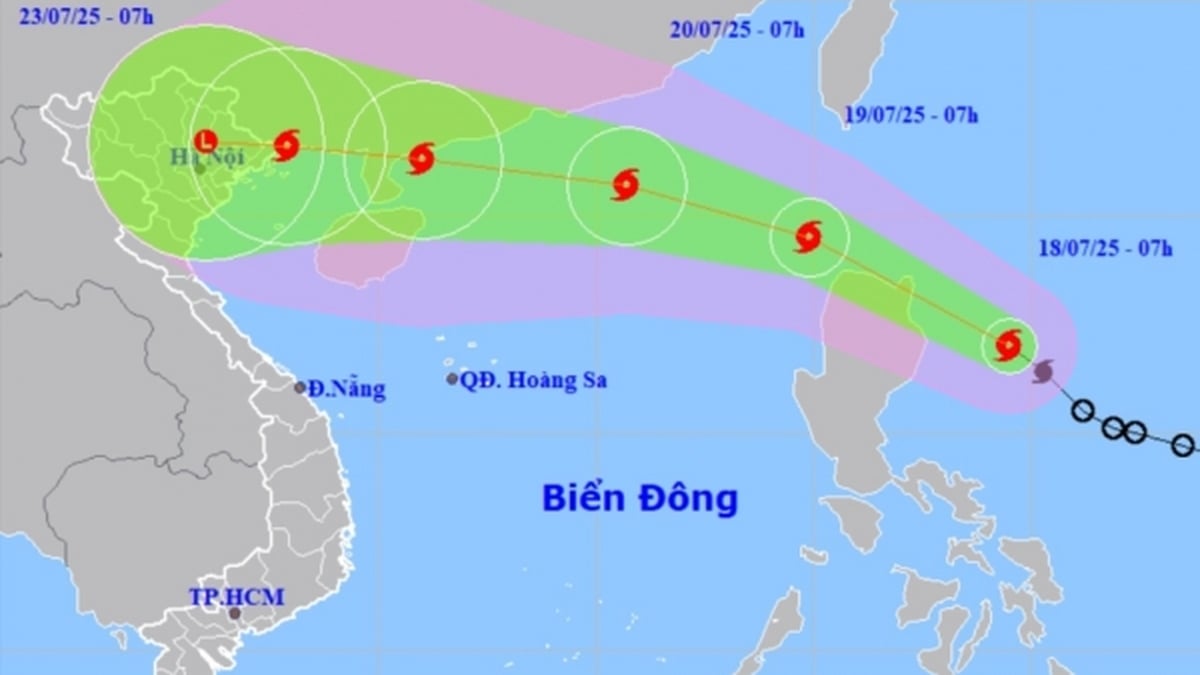

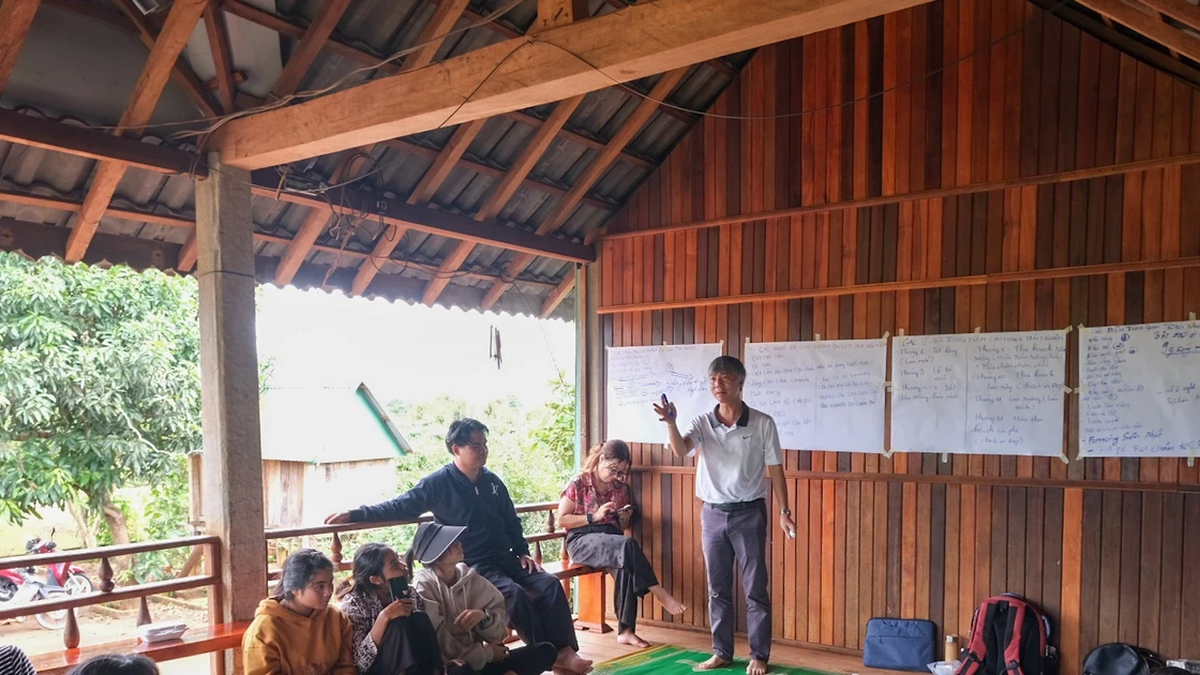
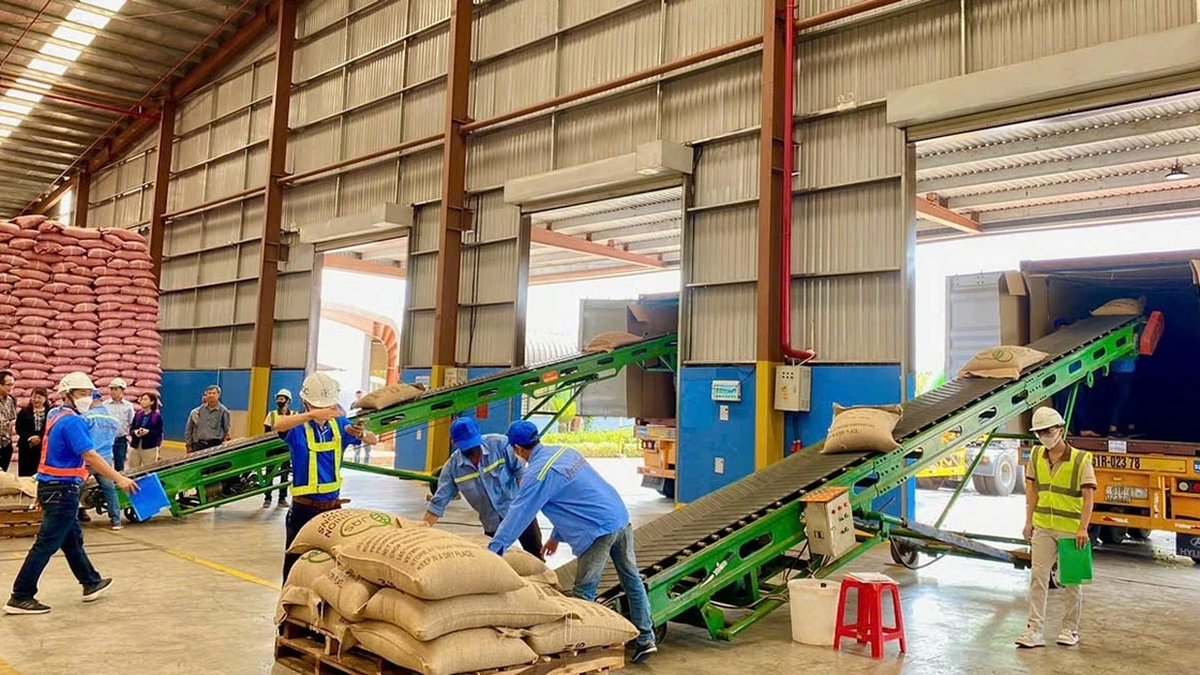
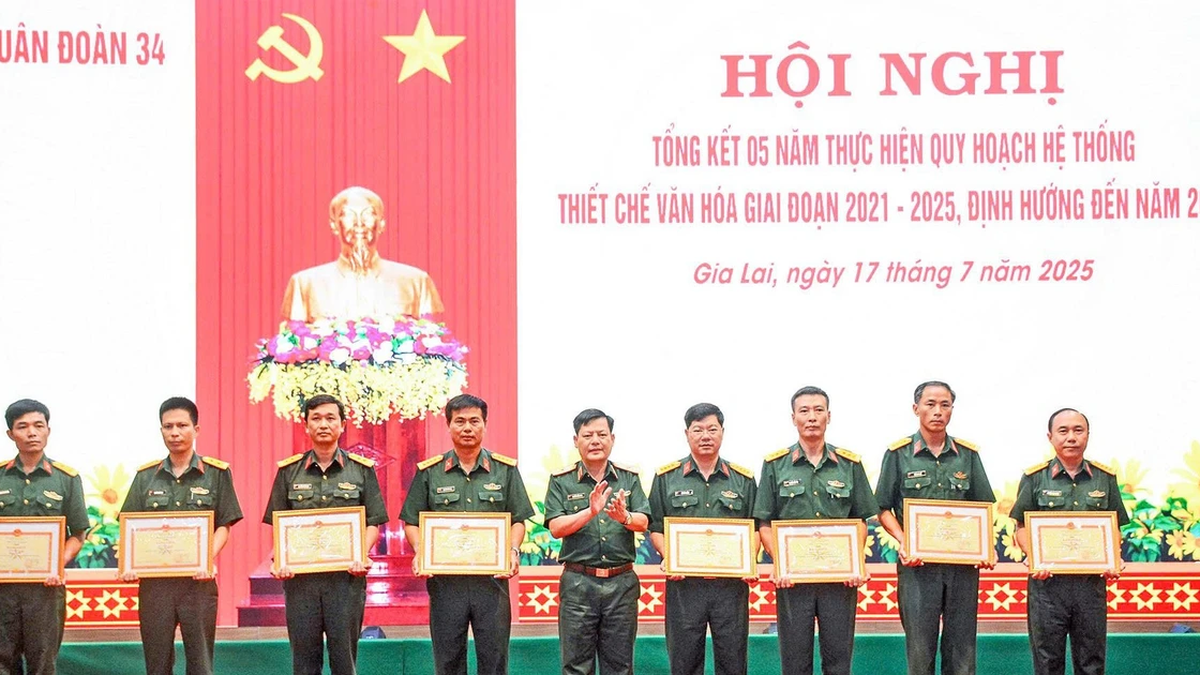


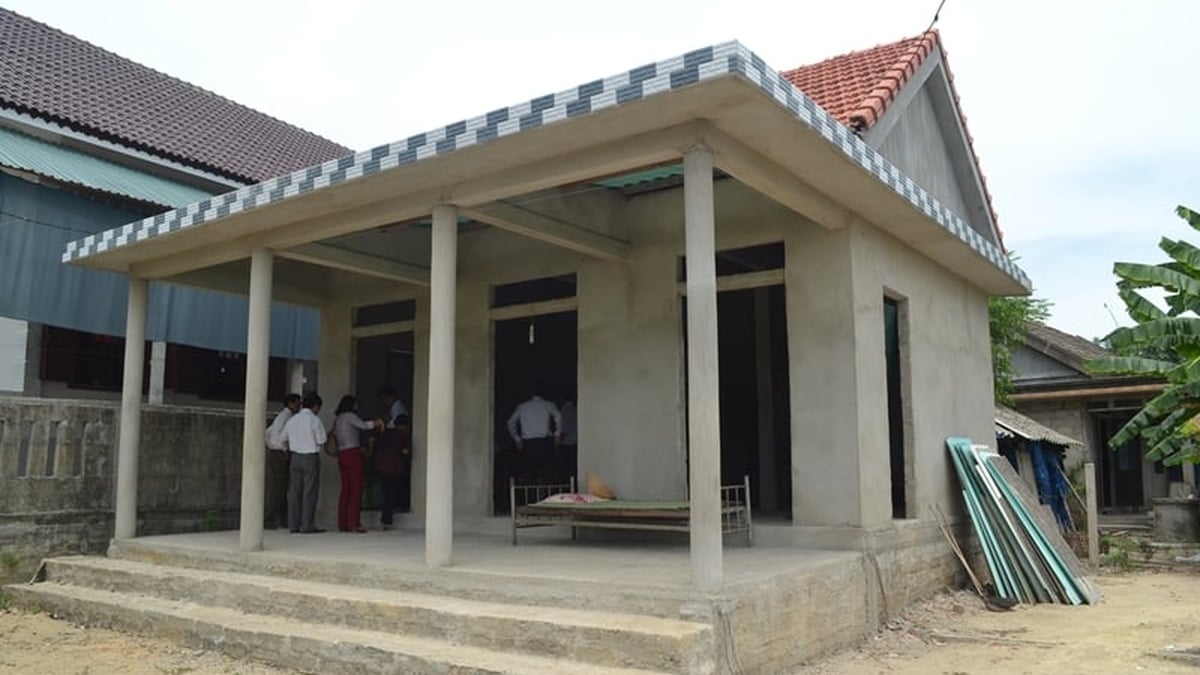

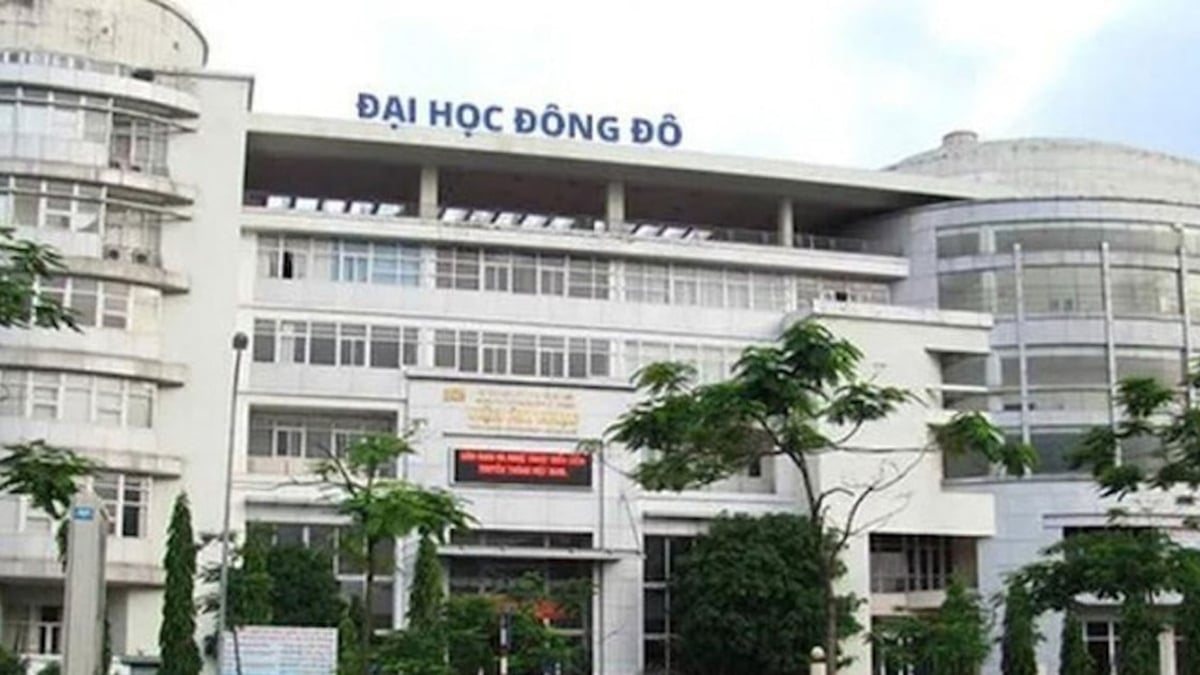





























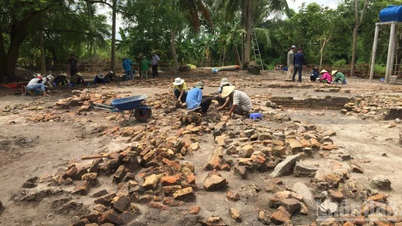












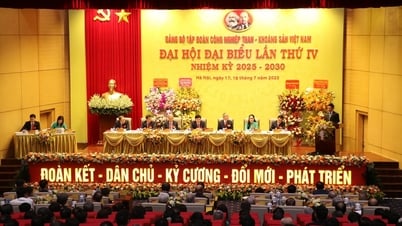



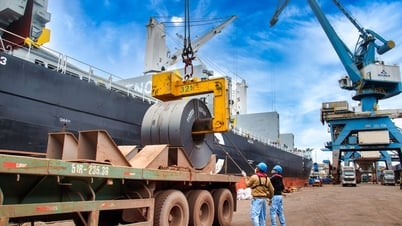


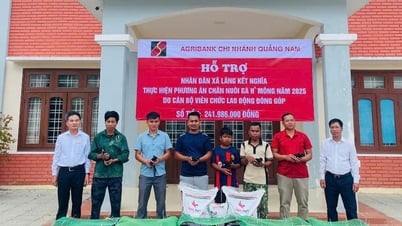



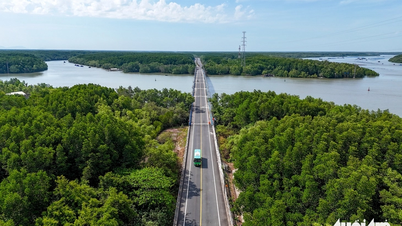
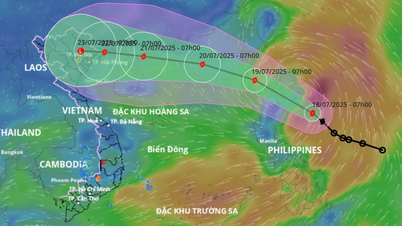
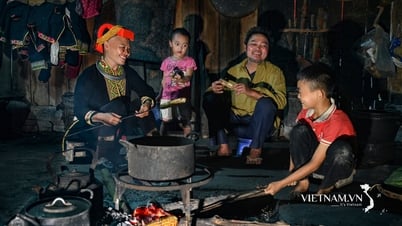
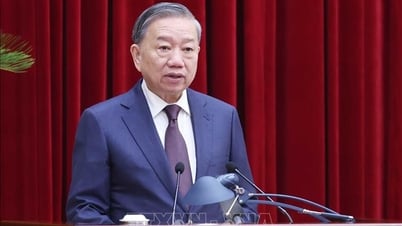

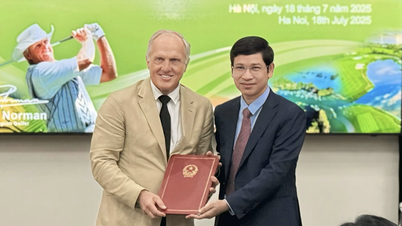






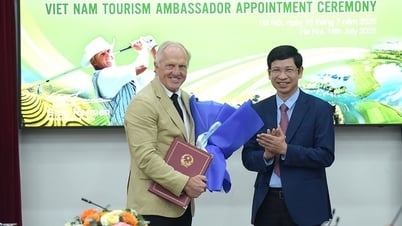

















![[Infographic] In 2025, 47 products will achieve national OCOP](https://vphoto.vietnam.vn/thumb/402x226/vietnam/resource/IMAGE/2025/7/16/5d672398b0744db3ab920e05db8e5b7d)







Comment (0)